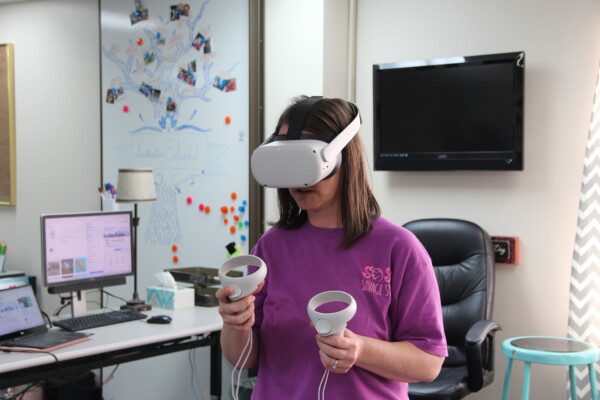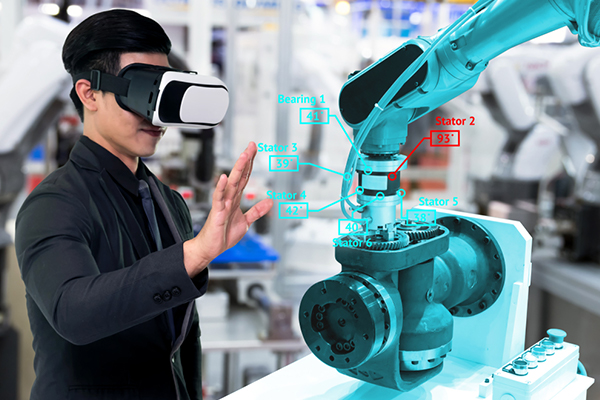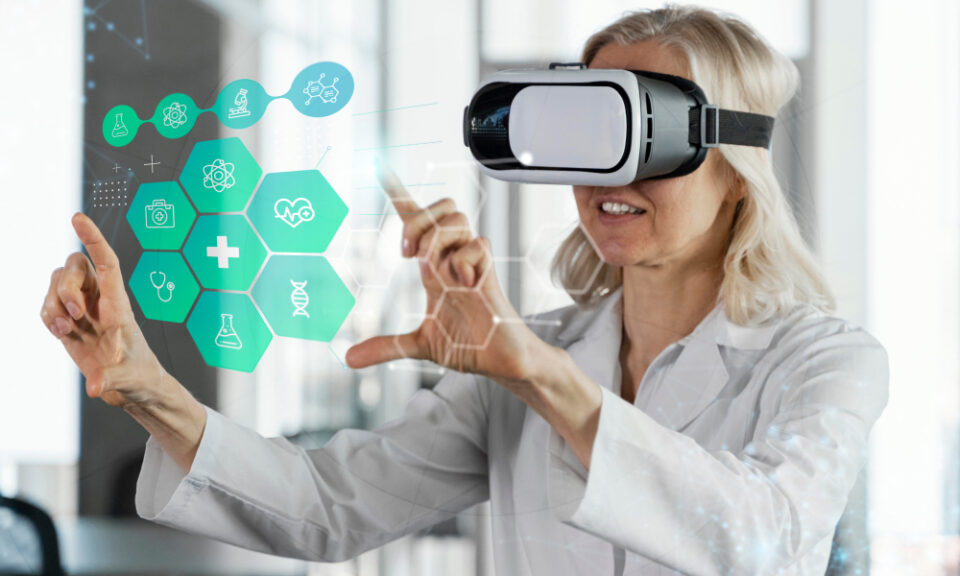Virtual Reality (VR) is revolutionizing the way we learn and experience the world around us. With its immersive and interactive nature, VR has emerged as a powerful tool for experiential learning. Through the use of virtual environments, learners can engage with realistic scenarios, gain practical skills, and explore new perspectives in a safe and controlled setting.
Benefits of Virtual Reality in Experiential Learning

1. Enhanced Engagement: VR creates an immersive learning experience that captivates learners’ attention and keeps them engaged throughout the process. By placing learners in a simulated environment, they become active participants in the learning process, leading to better retention of information.
2. Realistic Simulations: VR allows learners to experience realistic simulations that mimic real-world scenarios. For example, medical students can practice surgeries in a virtual operating room, or engineers can troubleshoot machinery in a virtual factory. These simulations provide a safe space for learners to make mistakes and learn from them without any real-world consequences.
3. Multi-Sensory Learning: Unlike traditional learning methods, VR engages multiple senses simultaneously. Learners can see, hear, and even touch virtual objects, creating a more immersive and memorable learning experience. This multi-sensory approach enhances the retention of information and improves the overall learning outcomes.
4. Accessibility and Flexibility: With the advancements in VR technology, learning experiences can be accessed from anywhere and at any time. Learners can engage in virtual training sessions or simulations remotely, eliminating the need for physical presence in a specific location. This flexibility enables learners to learn at their own pace and convenience.
Applications of Virtual Reality in Experiential Learning

1. Education: Virtual Reality has the potential to transform traditional education by providing students with immersive learning experiences. Students can explore historical events, visit foreign countries, or even travel through space, all from the comfort of their classrooms. VR enables students to grasp complex concepts by visualizing them in a three-dimensional space.
2. Training and Skill Development: VR is widely used in industries for training purposes. For example, flight simulators have long been used to train pilots, allowing them to practice various scenarios without the risk of accidents. Similarly, VR can be utilized for training in fields such as healthcare, manufacturing, and emergency response, where hands-on experience is crucial.
3. Cultural Understanding: Virtual Reality can bridge cultural gaps by providing users with immersive experiences of different cultures and environments. Users can virtually visit museums, historical sites, or attend cultural events, gaining a deeper understanding and appreciation for diverse cultures. This fosters empathy and promotes a global perspective.
Virtual Reality holds immense potential as a tool for experiential learning. Its ability to create realistic simulations, engage multiple senses, and provide accessibility and flexibility makes it an ideal medium for immersive learning experiences. As technology continues to advance, we can expect VR to play an increasingly significant role in education, training, and cultural understanding.

